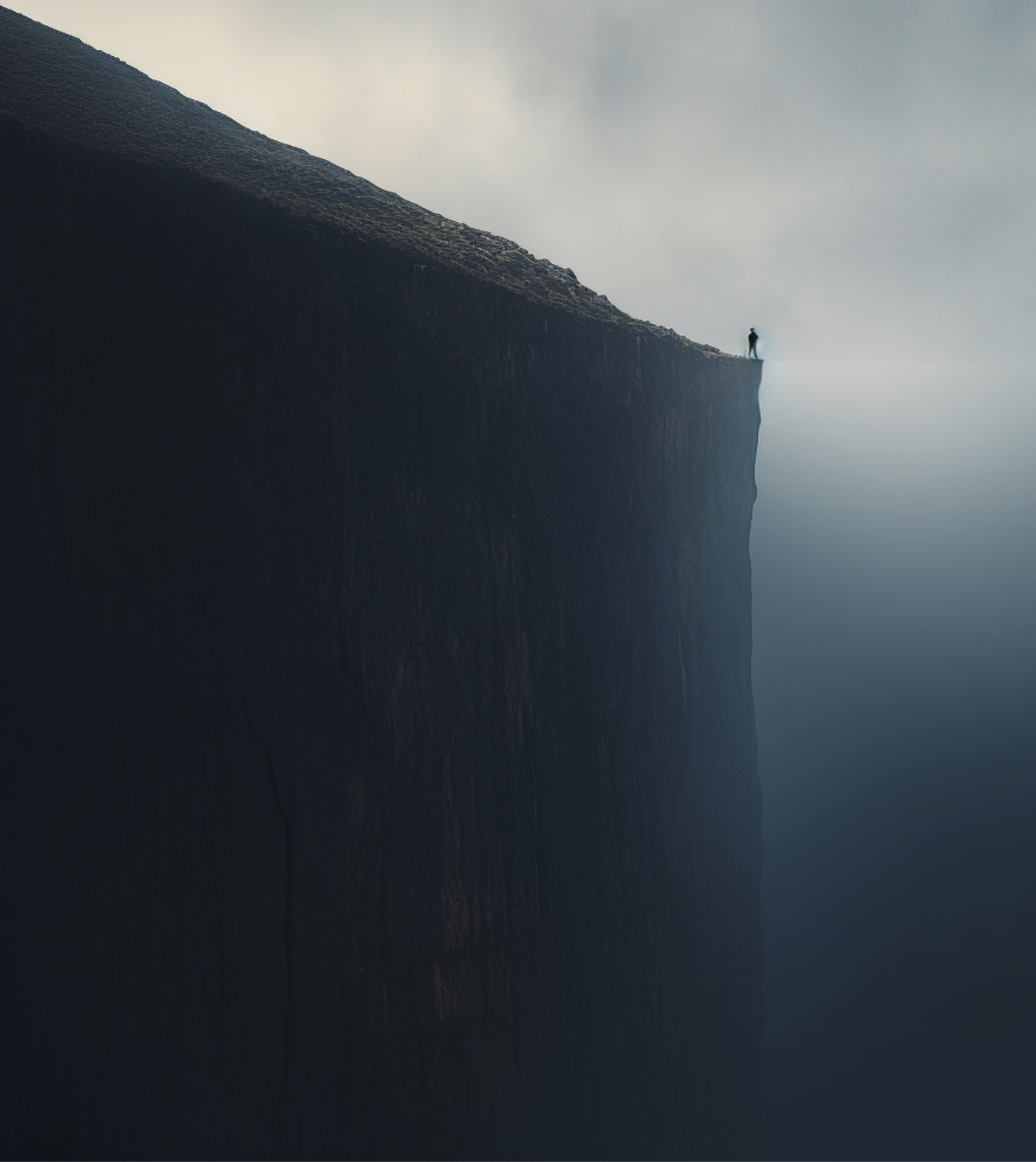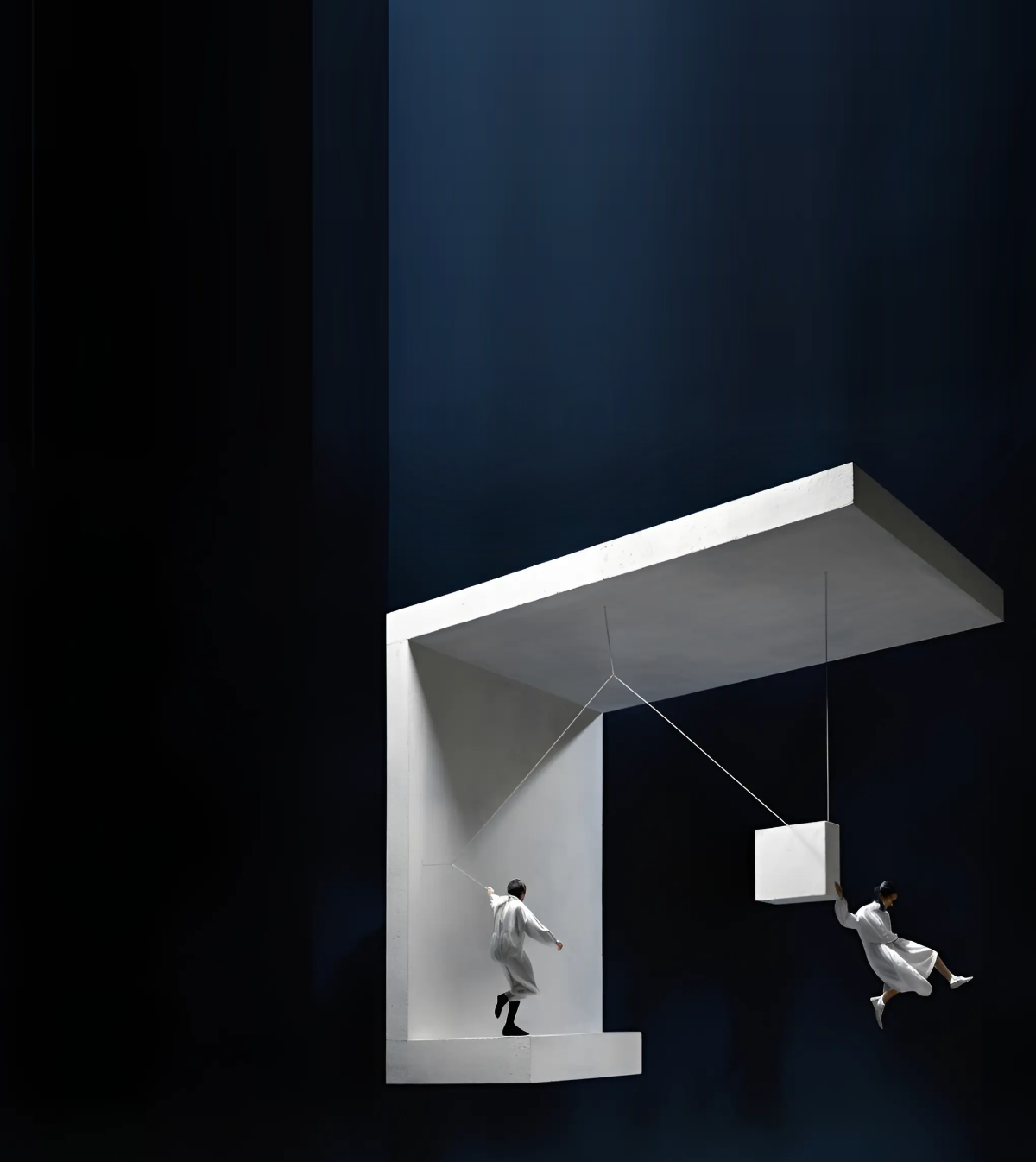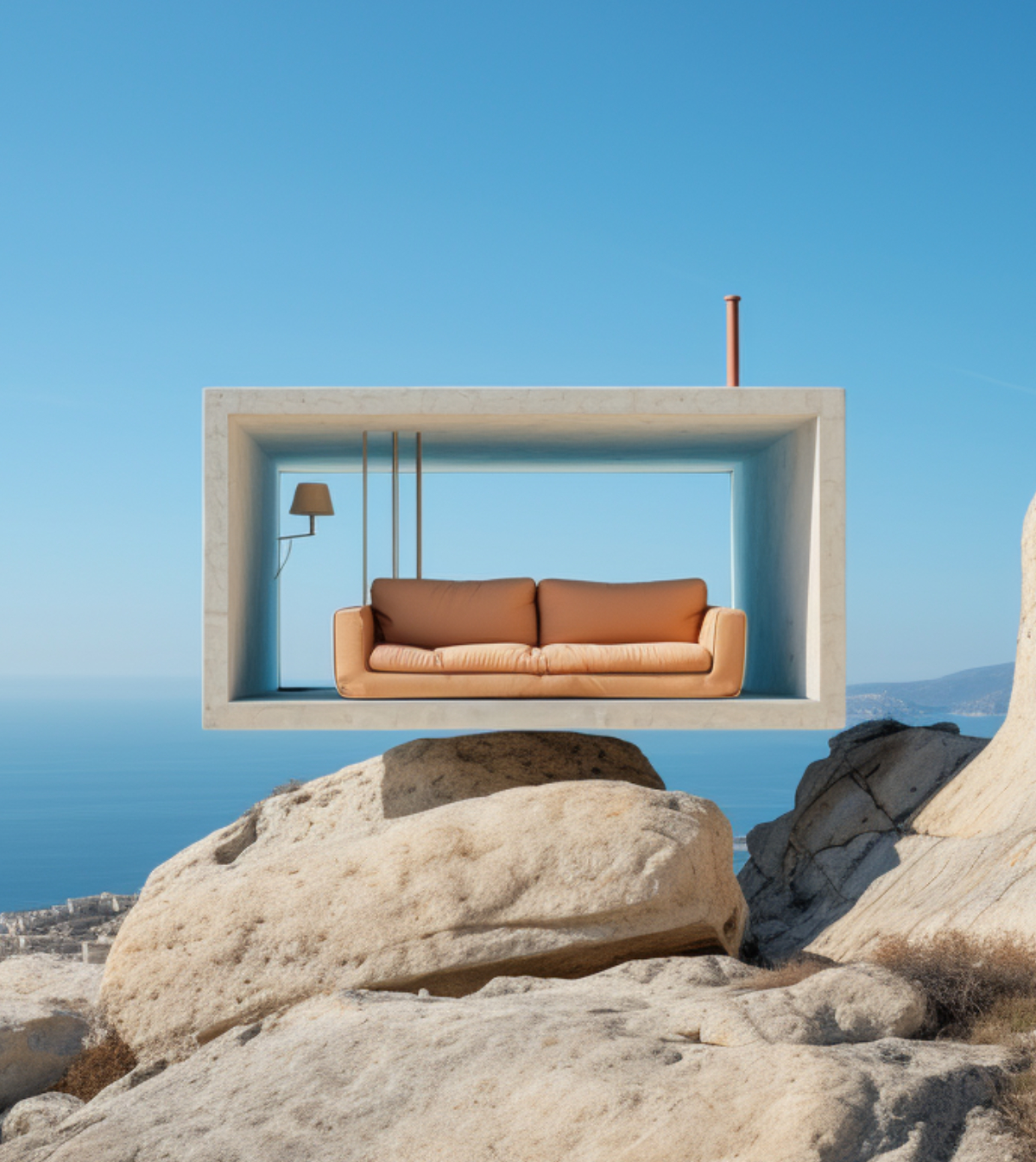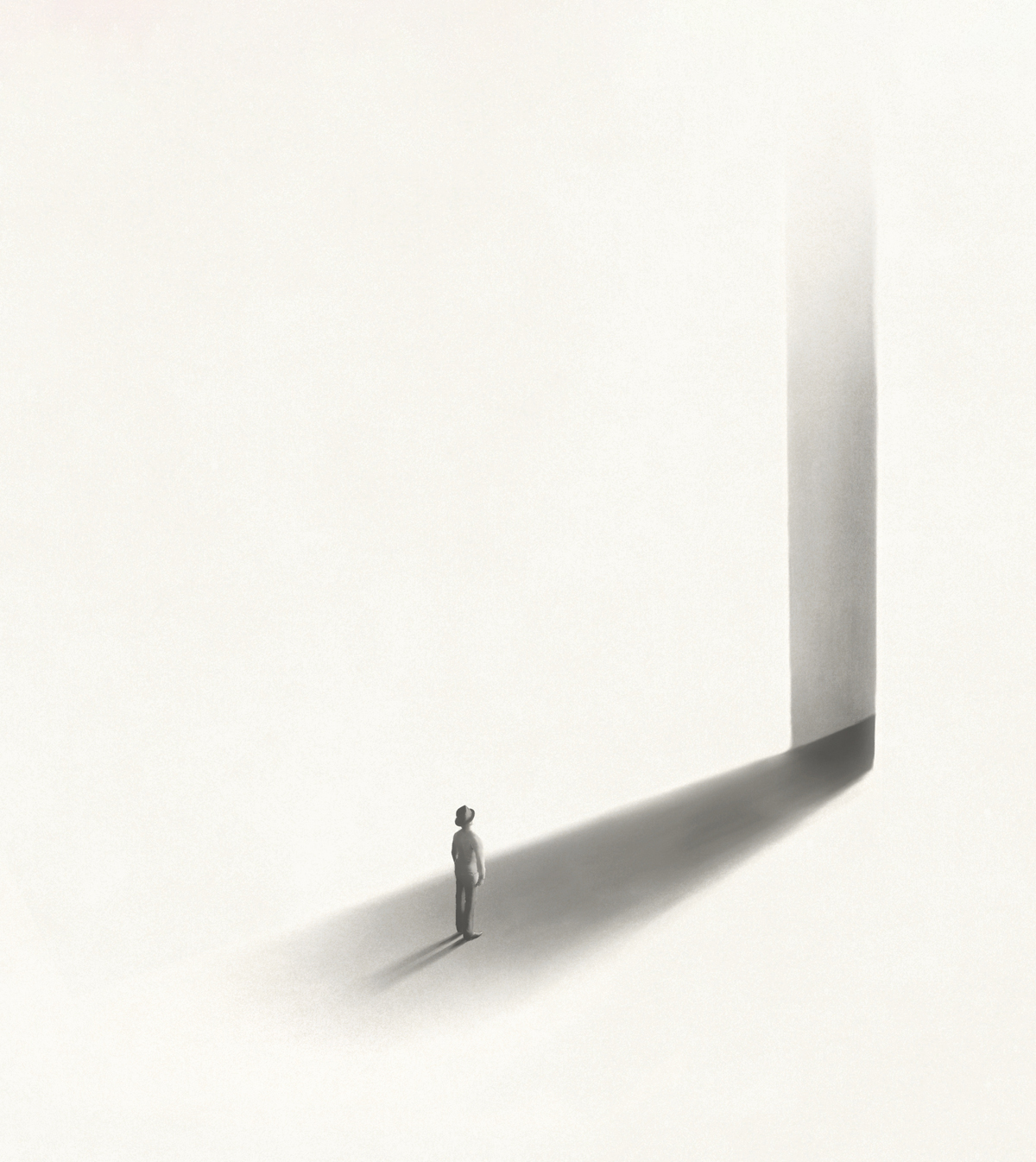We’d like to take this opportunity to introduce the 1st prize winners of our Trans Siberian Pit Stops competition - Omid Kamvari, Masoud Saeedian, Faraneh Ghahremani, Faramarz Ensafi and Amir Armani Asl from United Kingdom!
Established in 2011 Kamvari Architects is a young and talented award winning collective of architects; designers and most importantly thinkers based in London, UK and Tehran, Iran. We have a particular interest in the way people occupy, use and abuse spaces, and are fascinated by the way in which architecture is evolving as a result of new digital tools and manufacturing techniques.
The studio embraces the challenge of dealing with the day-to-day problems of architecture and understands that design has the ability to improve the quality of people’s lives. Innovative solutions are valued more than iconic responses and every attempt is made to collaborate with like-minded people to achieve this. We are inspired by contemporary living and use this as an influence to drive our proposals.
Not every solution to an architectural problem relies on buildings and we do our best to think outside the box to resolve the issue rather than simply proposing a building. New digital tools, materials research and the way we make things is a core part of our studio. We place people at the centre of our design process. Design is a synthesis of different aspects such as structure, ventilation, natural lighting, symbolism, culture, history, the way you use and move through spaces and the ability of the space to create memorable places.
Above all we believe that architecture has a responsibility to record social and cultural changes within contemporary living, and do our best to ensure our design proposals respond to this.
The Company was built around the experience gained at top firms around the world, contributing to projects such as the London Olympics and high rise towers in London and the Middle East.
Our work at Kamvari Architects, and research through institutions like the Architectural Association’s and it's visiting school programme exemplifies a new approach to architecture, one which integrates technological advances as well social and cultural issues in order to evolve a set of responses which talk of context and climate much closer to nature than traditional architectural design. Looking at issues of urbanism as opportunities rather than problems allows us to engage with the city and its community in a different way. Projects such as G Housing and Modular Urban Furniture (MUF), for example, present contemporary versions of the vernacular that exploit previously overlooked spaces.
G Housing is an attempt to incorporate the traditional courtyard into a vertical structure within a Tehran residential scheme. The re-envisioned courtyard provides both vertical access and a shared amenity that represents a focal point for residents. It also allows for ‘performative’ aspects such as cross-ventilation, which reduces energy consumption. MUF addresses the issue of pollution, one of the biggest problems in developing cities, by optimizing dormant surfaces and blank facades through the use of a simple modular piece of furniture that can interlock like scaffolding. The furniture is made from recycled plastic drawn from plastic bottles donated by the community. Such projects embody the office’s belief that architecture has a responsibility to respond to social and cultural change.
What does architecture mean to you and what is the role of an architect in your society?
We believe architecture has a responsibility to record social and cultural changes in human society, we need to insure that our designs respond to present and future conditions.
Architecture has the ability to increase the quality of people's lives, with statistics indicating more than 75% of the world population will live in cities in the near future architecture, now more than ever needs to respond to the forces and parameters for the 21st century city and living.
Why do you participate in architecture vision competitions?
Competitions for us are a way to test out creativity, where we are able to respond to a specific design brief in the way in which we find fit, using it as time to research and push forward thinking in the office and develop collaboration.
Above all it challenges us and in doing so it forces us to evolve.
What advice would you give to individuals who struggle to decide whether it would be beneficial for them to participate in architecture vision competitions?
I am not a big fan of open competitions, as I think it allows commissioning bodies to be somewhat lazy in searching for designers, but until another commissioning system is developed it is still the best way to get your work out there. Especially if you are a young practice.
We look at it as research. In our case it helps to push us forward if you are interested in improving then this could be a challenging way to do it.
Top 3 Reasons Why You Should Enter Architecture Competitions
Curious about the value of architecture competitions? Discover the transformative power they can have on your career - from igniting creativity and turning designs into reality, to gaining international recognition.
Learn more

























